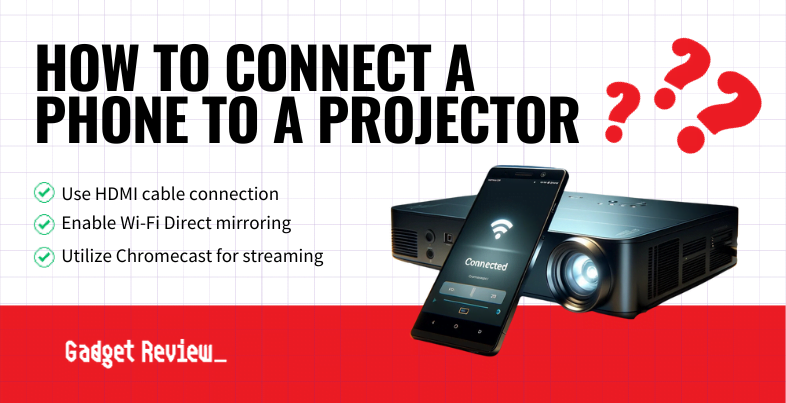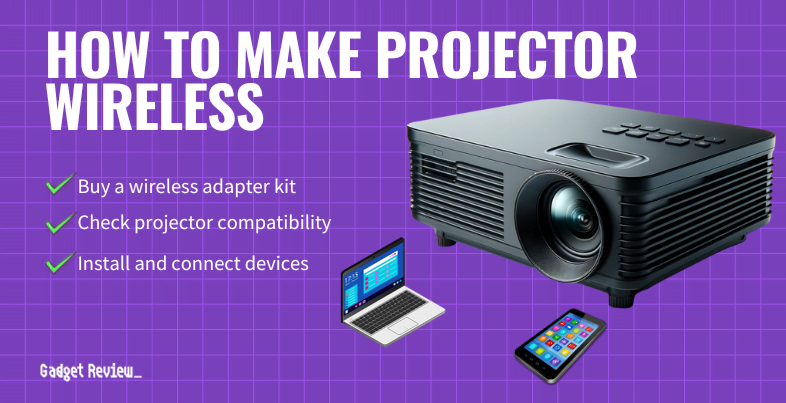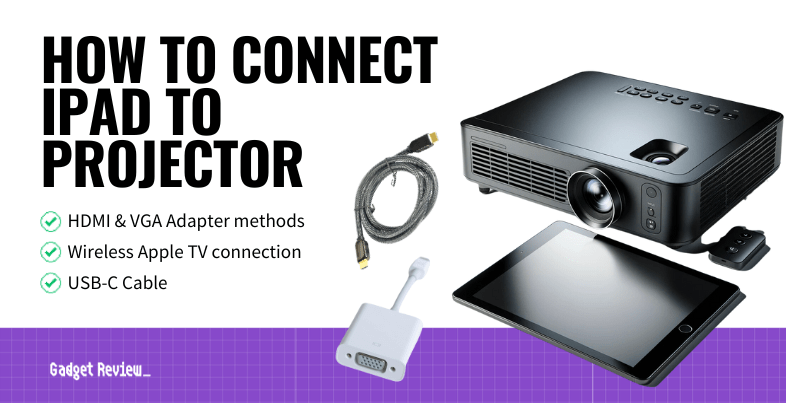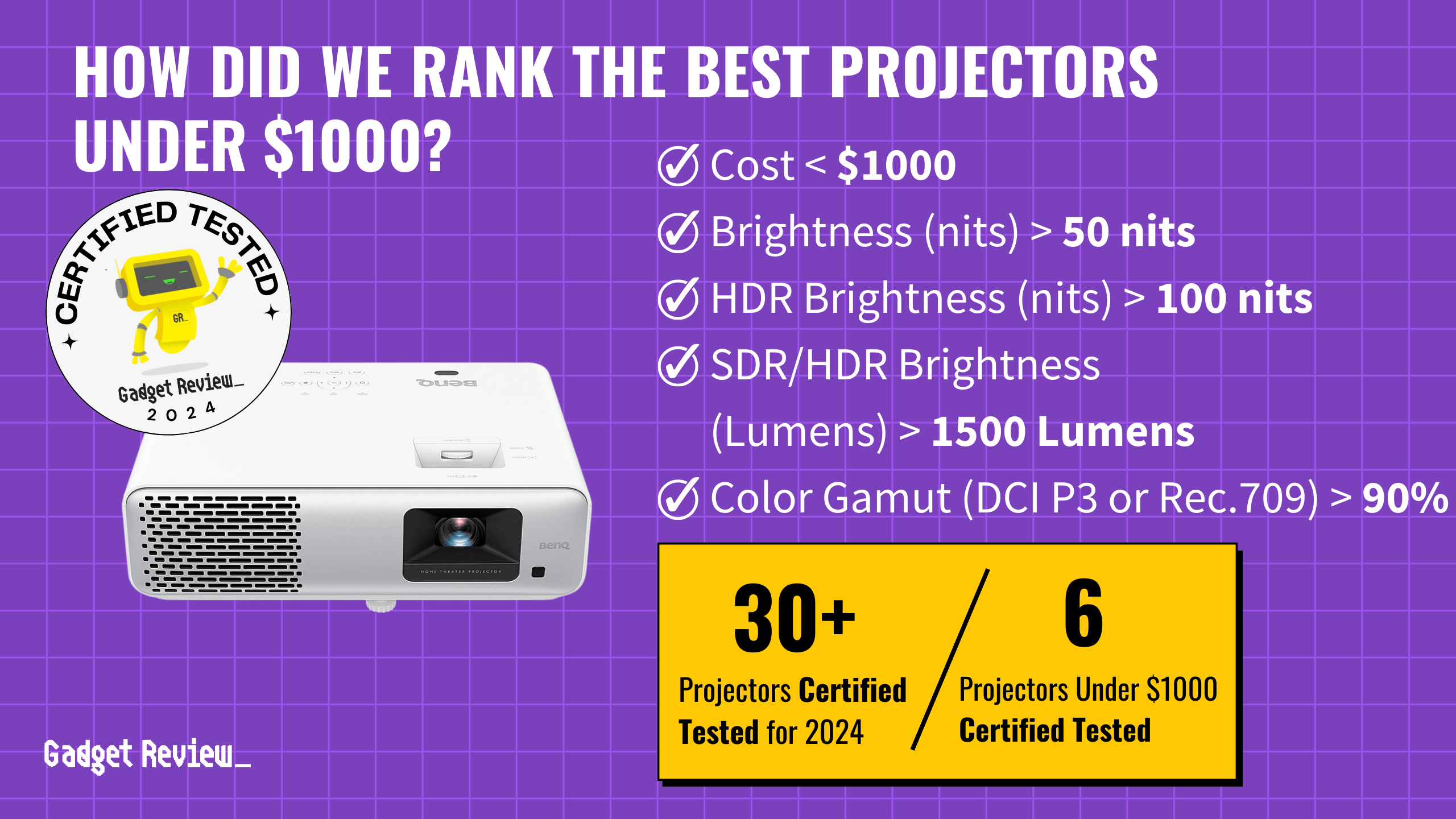When it comes to choosing the right projector for you, the decision often boils down to two major contenders: DLP and 3LCD projectors. Each has its own strengths, but how do they stack up against each other?
Key Takeaways_
- It’s a close race when it comes to picking a winner, because 3LCD projectors have excellent color accuracy and brightness levels. On the other hand, DLP projectors give you those crisp images with deep blacks. If we have to pick a winner, we pick 3LCD.
- DLP projectors use many microscopic mirrors to create images for each primary color that our brains combine into one image.
- You will find that projectors that use three separate displays to create a combined image with red, green, and blue colors are referred to as 3LCD or LCD projectors.
Comparing DLP & 3LCD Projectors
Let’s delve into the distinct characteristics of DLP and 3LCD projectors, exploring how they differ in technology, performance, and suitability for various environments.

Color Gamut
On the subject of color, the range, or Color Gamut, is worth considering. DLP projectors, including laser projectors, tend to have the edge in this area. Despite LCD projectors producing more accurate colors, some users find them to be less vibrant and with a narrower range than other types of projectors.
Color Accuracy
Tackling Color Accuracy, it’s essential to understand that your projector’s ability to reproduce colors can test its effectiveness. DLP projectors have a clear section in the color wheel, reducing saturation. Meanwhile, LCD projectors, lacking a color wheel, often deliver more accurate colors, enhancing the image quality.
insider tip
3LCD projectors include three separate display panels that combine to produce vibrant, accurate colors and darker blacks.
Rainbow Effect
Another crucial factor to consider is the Rainbow Effect. DLP projectors, especially single-chip models, can often produce ‘rainbow artifacts’ – flashes of primary colors, which can be distracting to some viewers. Conversely, LCD projectors don’t suffer from this phenomenon, providing a more stable viewing experience.
Brightness Levels
Digging deeper into Brightness Levels, LCD devices use light more efficiently. Thus, the same wattage lamp in an LCD and a DLP projector will produce a brighter image in the LCD. It’s clear that when comparing brightness levels, the LCD Projectors, including types like LCoS projectors, hold an edge.
Projector Cost
When it comes to Projector Cost, both DLP and 3LCD projectors can vary widely making this a less clear cut comparison. It’s best to consider this in conjunction with your preferences about the other factors discussed.
Lamp Life and Replacement Cost
Of course, it’s not just the upfront cost to consider but the Lamp Life and Replacement Cost. LCD projectors tend to have a more extended lamp life, reducing the frequency of replacements and the associated cost. This advantage may help to offset a potentially higher initial purchase price.
So Which Is Better?

It’s challenging to pick a winner in this case. If you focus on picture quality performance and take into account the Rainbow effect that DLP tends to suffer from, 3LCD projectors seem like the better choice for most folks versus DLP.
But keep in mind your environment where you’ll put your projector. If you have a brighter room and/or prioritize color accuracy, go for 3LCD projectors. If you have a darker room and deep black levels, pick DLP projectors.
What is a DLP projector?
A DLP (Digital Light Processing) projector, a type of projector that utilizes proprietary technology developed by Texas Instruments, fundamentally differs from LCD projectors, achieving unique results through a completely dissimilar process. This includes models such as single-chip DLP projectors and three-chip DLP projectors, each offering distinct benefits in terms of image quality and color.
How Does DLP Technology Work?
DLP technology functions by directing light from the projector’s lamp onto the surface of the DLP chip, composed of thousands or millions of minute mirrors. Each of these tiny mirrors represents a single pixel. In a DLP projector, the mirrors tilt back and forth, directing light into the lens path to turn the pixel on or away from the lens path to turn it off.
The appearance of gray essentially requires these mirrors to flip on and off at rapid intervals. The projected image quality results from your eye averaging the mirror’s on-and-off times, creating the desired level of perceived gray.
Advantages of DLP Projectors
The high color accuracy provided by three-chip DLP projectors that utilize one Digital MicroMirror Device (DMD) for every primary color is a significant advantage. These projectors also score high in terms of image quality, brightness, and response time.
The light output from DLP projectors tends to be robust, making them suitable for settings with ambient light such as classrooms and conference rooms. While the color accuracy may vary by device, it often excels with DLP projectors, offering minimal motion blur and sharp, crisp images even during fast-motion sequences such as action movies or sporting events. Be sure to also compare DLP vs LED projectors.
Disadvantages of DLP Projectors
DLP projectors are not without their downsides. One issue is the presence of rainbow artifacts, where bright objects may give off a sort of light trail. While not an issue for three-chip DLP projectors, single-chip varieties might experience this artifact phenomenon.
warning
DLP may be noisier than LCD, but these devices provide consistent contrast performance and less maintenance.
Another aspect to consider is that each DLP mirror can only be fully on rendering maximum brightness or fully off to render black. This lack of ability to represent gray like LCD liquid crystals may create visual disruption or image issues for some viewers.
Ideal Use Cases
DLP projectors excel in various settings, from boardrooms, classrooms, and gaming areas to home theaters, owing to their high image quality and color accuracy. As mentioned before, the responsiveness and bright, robust light output make DLP projectors excellent tools for action-packed movies or sports broadcasts- making your viewing experience significantly high quality.
STAT: DLP technology is widely used in education, business, and home entertainment. It’s even the number one technology in cinema – used in 85% of all movie theaters. (source)
Further, specific types of DLP projectors cater to unique needs – 4K DLP for viewers seeking extraordinarily high-resolution imagery and fine details, Short-throw DLP for use in smaller spaces, Portable DLP for on-the-go presentations, and Interactive DLP for those requiring blender functional features such as touch screen, stylus, or finger touch.
Again keep in mind usage cases but also the type of device. For instance, if you want to watch movies outside, it’d be worth considering an outdoor tv vs. a projector.
What is a 3LCD projector?
What exactly is a 3LCD projector is, how does it operate, and what are the benefits it carries in comparison to its counterparts?
How does 3LCD Technology Work?
3LCD projectors, simply speaking, use three LCD panels to cast an image using primary colors: red, blue, and green. Rather than relying on one single LCD, each color has its dedicated panel which are all projected synchronously to generate a dynamic, high-contrast image in full, vibrant color.
The 3LCD process is slightly different from that of a DLP projector. In a DLP projector, light is directed onto a chip composed of thousands or millions of minuscule mirrors, with each mirror acting as a single pixel. In contrast, 3LCD projectors partition the light into three panels to manage the display’s primary colors independently. This method leads to crisper images and superb color accuracy.
Advantages of 3LCD Projectors
Before deciding on a projector type, it’s essential to weigh the pros and cons. Here are the notable advantages of going with a 3LCD projector:
- Better Image Quality: Overall, you’ll find that the quality of images generated by an LCD projector stays unmatched when compared to DLP projectors. This advantage comes mainly due to the fact that LCD projectors do not use a color wheel, that could possibly reduce the saturation of the colors.
- Improved Light Efficiency: Projectors with a 3LCD technology generate brighter images at the same power level when compared to DLP projectors. A same wattage lamp in an LCD and DLP projector would produce a more vibrant image in the LCD, making them more optimal for brightly lit settings.
- Exceptional Color Accuracy: 3LCD projectors are famous for their top-notch color accuracy, thanks to their three liquid crystal panels. This results in less rainbow artifacts and an impressive range of bright, vibrant colors adding to the overall vividness of the image.
Disadvantages of 3LCD Projectors
No technology is perfect, and 3LCD projectors come with their fair share of disadvantages too:
- Motion Blur: An LCD projector may have a slower response time, which could lead to motion blur in fast-paced scenes. This means if you’re planning on watching action movies or playing video games, you might encounter slightly blurry scenes.
- Limited Contrast Ratio: LCD projectors can have a lower contrast ratio. The end result might be less depth and detail in your images, particularly in darker scenes.
Ideal Use Cases
The ideal setting for a 3LCD projector would be one where vivid color and brightness are essential. This could include settings like home theaters, where viewers value deep color saturation, or business presentations that demand vibrant visuals.
Regardless of whether you’re a home theater enthusiast or a business professional, a 3LCD projector offers you an exceptional viewing experience, guaranteeing exceptional image quality, vibrant colors, and efficient use of light.
Conclusion
DLP projectors shine with their high contrast ratio and wide color gamut. On the flip side, 3LCD projectors impress with color accuracy, absence of rainbow artifacts, and efficient light use for brighter images. It’s clear that the ideal projector for you hinges on your specific needs.
For color-accurate business presentations, 3LCD may be your go-to. If it’s a home theater experience with rich colors and deep contrasts you’re after, then DLP could be your best bet. Remember, there’s no one-size-fits-all answer in this projector showdown. It’s all about weighing the pros and cons to find the perfect fit for your viewing pleasure.




























